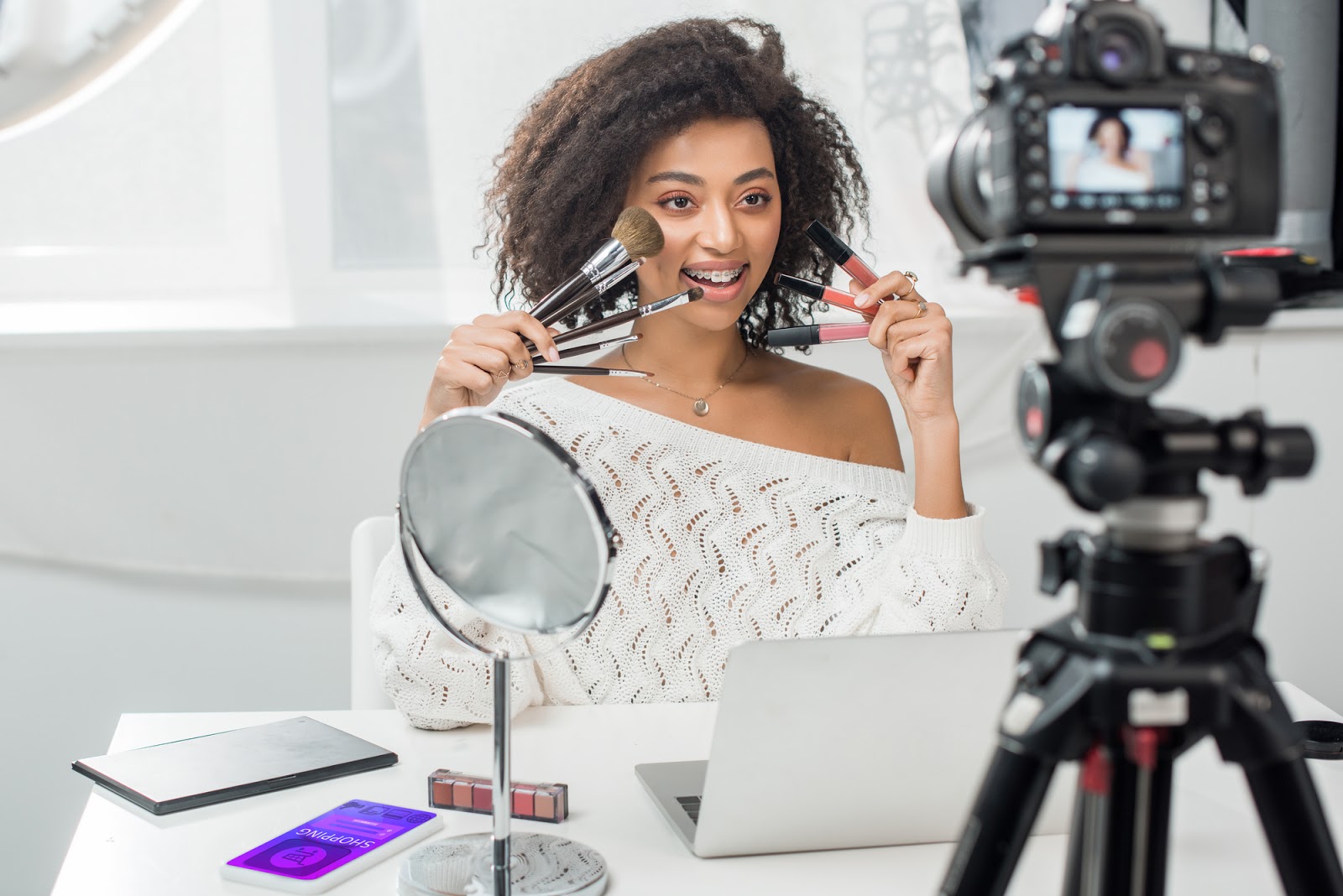

Beauty brands may seek new or innovative ways to market their products or boost sales. One such strategy is beauty influencer marketing. According to one forecast, companies worldwide will spend $15 billion on influencers in 2022 (up from just $2 billion in 2017).
Traditionally, businesses have used television, radio, billboards, magazines, and celebrities for marketing their products. Companies are now competing to enlist the services of social media influencers to tap into this market. The result is a rapidly changing landscape in the beauty industry.
What Is a Beauty Influencer?
Influencers are profiles that develop a healthy following on social media. Some of these profiles focus on a single platform, while others work on various social media sites. These profiles have a large and engaged following, and the people who interact with them. A profile may gain a large following in a given niche if they are knowledgeable and create engaging and articulate content.
These influencers can be effective when it comes to marketing because their audience often finds them relatable and trustworthy. Beauty influencers focus on skincare, haircare, and cosmetic products. Like content creators in other niches, they have engaged followers. Marketers may reach out to these influencers to request they post content about their products. These influencer profiles may get paid, receive free products, or create an affiliate partnership (where they receive a commission when their viewers purchase the products).
Beauty Influencer Statistics
According to data from the Digital Marketing Institute, 70% of teens trust influencers more than traditional celebrity endorsers, while 49% of consumers depend on influencer recommendations when shopping for products. Meanwhile, 86% of women, the dominant consumer segment in the beauty industry, use social media for purchasing advice.
According to Influencer Marketing Hub, 75% of brands intend to have dedicated budgets for influencer marketing in 2021. This is especially true of brands that sell their products online; 50.7% of brands working with influencers run e-commerce stores.
Examples of Beauty Influencers
A couple of the leading platforms favored by influencers are Instagram and YouTube. TikTok is also growing as an influencer hub, and some beauty influencers have made a name for themselves by operating exclusively on TikTok. To get an idea of what an influencer’s social profile is like, below are some beauty influencers on Instagram:
Beauty influencers work with brands through a variety of programs. Most of these involve some form of sponsored content, where the brand pays the influencer or gives them free products in exchange for content. Sometimes the influencer may also get into a partnership with the brand. In this arrangement, they might get a commission for sales that originate from their content.
Below are some examples of common strategies that influencers may leverage:
- Giveaways: The influencer gives away a selection of products and instructs users to follow the brand or join their mailing list for a chance to win.
- Makeup Tutorials: The influencer does a makeup tutorial and lists all the products used. Sometimes they will simply post a photo of the complete makeup look and list the products in the caption.
- Events: Brands may pay influencers to attend events with high traffic and interact with consumers. They may also create content about the event.
- Favorites: Influencers may showcase the products they enjoyed using the most in a given week, month, or year. This is a form of strong personal recommendation that brands can leverage to advertise their products.
Why Use Beauty Influencers?
There are many reasons why a brand might want to work with beauty influencers. Below are some examples:
- Social media is the predominant hangout zone for your consumers. According to Statista, there will be 3.02 billion social media users by 2021. Platforms like Instagram, YouTube, and Facebook make it easy to engage with an audience. A brand can leverage influencers to tap into this dynamic.
- Traditional marketing channels may not be as popular anymore. Social media is growing. With people spending most of their time on digital platforms, radio, television, and print media are losing some of their influence.
- It is more affordable. While influencer marketing can be costly, it is still generally more affordable than traditional advertising. Moreover, a brand can use ‘micro’ and ‘nano’ influencers with a small but highly engaged following.
- Influencer marketing is effective. Influencer marketing is often the most effective way to reach your target audience. Whether you’re selling a wide range of skin care products and beauty routines or manufacturing a single color of lipstick, you will be able to find content creators who focus on your specific niche. Influencers don’t just market products, however. They do product reviews and offer cosmetic and beauty care advice, which increases their image as an expert and helps them appear as a trustworthy source of information.
The Effects of Beauty Influencers
Beauty influencers, especially micro and nano-influencers, are usually people sharing their interests with their followers. This is what can make them so successful in marketing. People find them genuine and relatable. Many of these influencers rarely recommend products they wouldn’t use themselves, making their recommendations even more valuable.
On the other hand, beauty influencer accounts are not without their risk. According to New York Magazine, there have been cases of influencers defrauding their followers by getting them to purchase subpar products. Brands are also sometimes deceived by influencers who buy bots to inflate their following and ask brands to buy sponsored content at inflated prices (even though their bot followers won’t make any purchases).
Influencer followers still need to do their own research. Whether it is by reading professional reviews online or asking close friends who have used the product, due diligence goes a long way. Until the industry develops more standards and regulations, taking this extra step will help you ensure that a product is legitimate.

